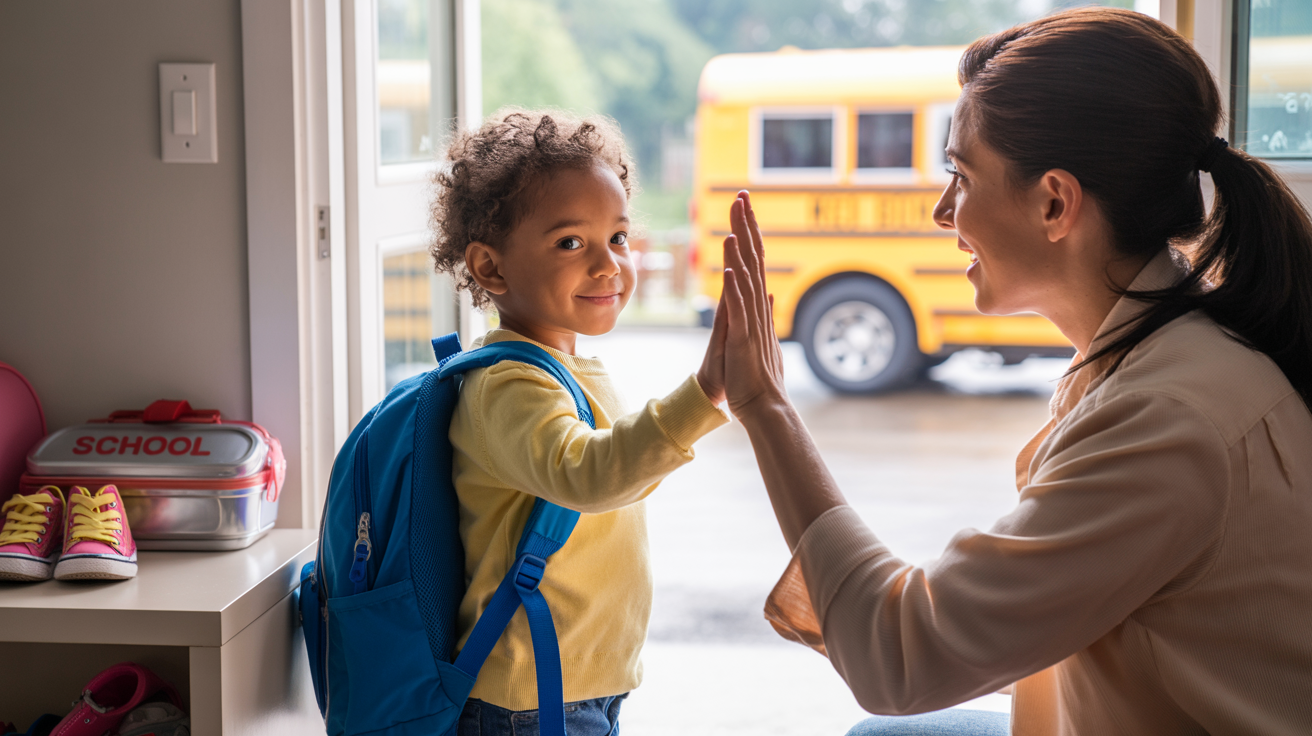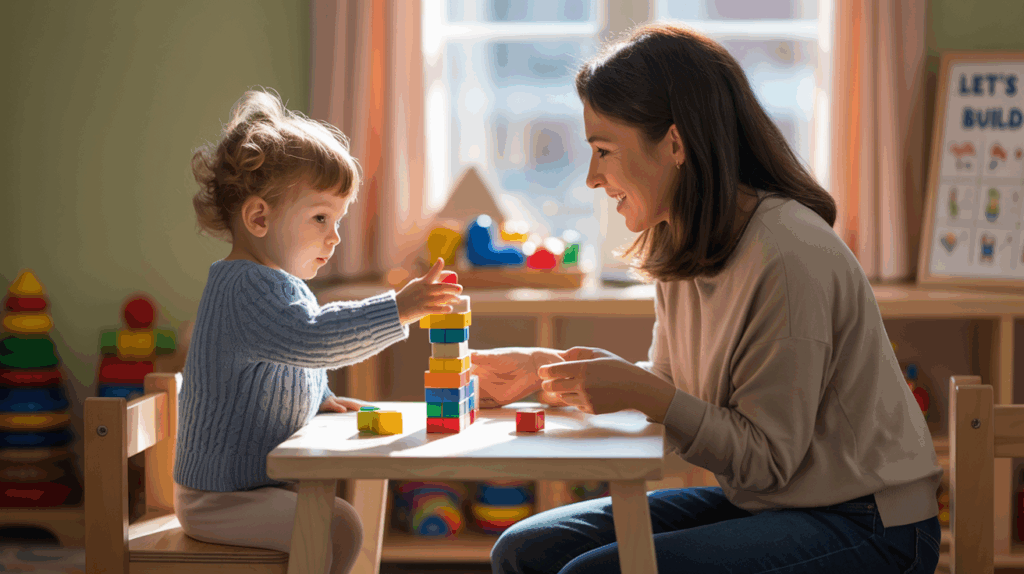Back-to-school season can be both exciting and challenging for children and their families. For children receiving Applied Behavior Analysis (ABA) therapy, transitioning from summer routines back to school environments often brings unique hurdles. At VBA California, we understand how important it is to make this transition as smooth as possible. With targeted ABA therapy strategies, families can help children adapt to new schedules, social settings, and expectations with greater ease.
The Challenges of Back-to-School Transitions
Children who receive ABA therapy often thrive on structure and predictability, which can be disrupted when summer ends, and school routines begin. The shift from relaxed days at home to structured school environments involves changes in:
- Daily schedules and routines
- Social interactions with peers and teachers
- Academic and behavioral expectations
- Environment and sensory stimuli
These changes can increase anxiety, lead to behavioral challenges, and impact a child’s ability to learn and engage effectively. Preparing for these transitions early is key to reducing stress and promoting success.
How ABA Therapy Supports Back-to-School Success
ABA therapy offers individualized techniques that can support children in managing change and developing the skills they need for a successful school year. Here are some ways ABA therapy can help:
1. Establishing Predictable Routines
One of the core principles of ABA is creating consistent routines that children can rely on. Therapists work with families to develop morning and evening routines that mimic school days, gradually adjusting sleep schedules and daily activities. This helps the child become comfortable with the structure they will experience during the school year.
2. Teaching Social Skills
Social interactions at school can be challenging for some children. ABA therapy includes social skills training that focuses on communication, turn-taking, understanding social cues, and building friendships. These skills reduce anxiety and help children feel more confident in classroom and playground settings.
3. Managing Behavioral Challenges
Behavioral issues may arise during times of change. ABA therapists use positive reinforcement and behavior modification techniques to address challenging behaviors, teaching children appropriate ways to express themselves and cope with frustration or overstimulation.
4. Preparing for Sensory Differences
Many children have sensory sensitivities that can be heightened in new environments like schools. ABA therapy can include sensory integration strategies, helping children gradually adapt to different sounds, textures, and sensory experiences they may encounter at school.
5. Collaboration with Schools
ABA therapists often collaborate with school personnel to ensure consistency between home, therapy, and school environments. This coordination helps reinforce learned skills and supports individualized education plans (IEPs) for children who need additional accommodations.
Practical Tips for Families During the Transition
In addition to ongoing ABA therapy, families can take practical steps to ease the transition back to school:
- Start Early: Begin adjusting routines and schedules weeks before school starts to give your child time to adapt.
- Visit the School: Familiarize your child with their new classroom, teachers, and routes to reduce anxiety.
- Create Visual Supports: Use visual schedules and social stories to explain the school day and expected behaviors.
- Maintain Open Communication: Keep in touch with your child’s therapists and teachers to monitor progress and address concerns promptly.
- Celebrate Successes: Acknowledge and reward your child’s efforts and achievements to build motivation and confidence.
Why Choose VBA California for ABA Therapy?
At VBA California, we specialize in providing compassionate and effective ABA therapy tailored to each child’s unique needs. Our experienced therapists work closely with families to prepare children for school transitions, focusing on reducing anxiety, enhancing social skills, and promoting independence.
Back-to-school can be a smooth and positive experience with the right support. If you are concerned about how your child will adjust this year, contact us to learn more about our ABA therapy programs and how we can help your family prepare for a successful school year.
Conclusion
Transitions can be challenging, but with ABA therapy, children gain valuable tools to navigate change confidently. Preparing early, building routines, and addressing social and sensory needs through ABA can make all the difference as your child heads back to school. VBA California is here to support you every step of the way.
Contact us today to discuss how our ABA therapy services can ease your child’s back-to-school transition.


